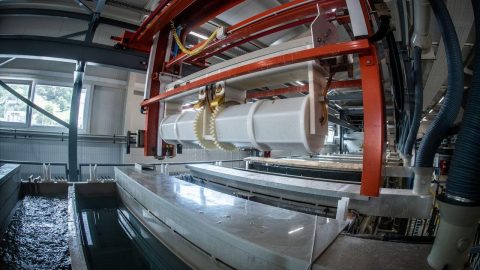
Illustration (Source: Internet)
For manufacturers intending to apply artificial intelligence to the metallurgical industry, providing accurate data on materials science is crucial to the final outcome. Some materials with complex structures can make it difficult for AI to simulate production processes.
Due to the low content of the required components in the ore and impurities of other elements, ferrous metallurgy is a process that uses a lot of energy with many complex stages. With this ore, the content of copper in the ore should not exceed 5%, while the content of zinc and lead does not exceed 5.5%. Another example is pyrite ore which is polymorphic and contains about 30 chemical elements. Energy costs account for half of the total cost associated with smelting a ton of metal (up to 5 kilowatts [kW] of energy per hour for copper). Many non-ferrous metallurgy industries also have a multi-sector metallurgical transformation of intermediate products. In addition, letting AI simulate this process is not an easy task.
To optimize the use of new technological processes, manufacturers should not rely on AI to increase device performance quickly. According to the study, for every new factory that applies AI to the metallurgical process, the cost reduction of 3% to 10% is the most stable level to ensure the occurrence of incidents. The high level of efficiency improvement in this case indicates that the initial process is debugged far from ideal and the results are indispensable. But even 3% cost optimization is a significant number for medium and large businesses.
Besides the factors of materials science, to solve the problem of costs, manufacturers must always pay attention to market prices. According to Stratistic MRC’s survey, world consumption of non-ferrous metals is forecasted to increase in the long term (copper consumption growth is 1.7%, aluminum – 1.5%, zinc – 1.7% in year 2030) due to:
The growth of zinc consumption will be driven by the steel industry (galvanized), production of copper and copper. The growth in the production of new vehicles will create a demand for zinc supplements of 2.4 million tons per year by 2030 and 3.6 million tons by 2050.
At the same time, an important element for non-ferrous metallurgy will be the tightening of upcoming environmental requirements for production and improvement of energy efficiency and labor productivity. Therefore, the demand for solutions in the field of digitization produced in nonmetallic metallurgy will certainly increase.
Productivity and Quality Office